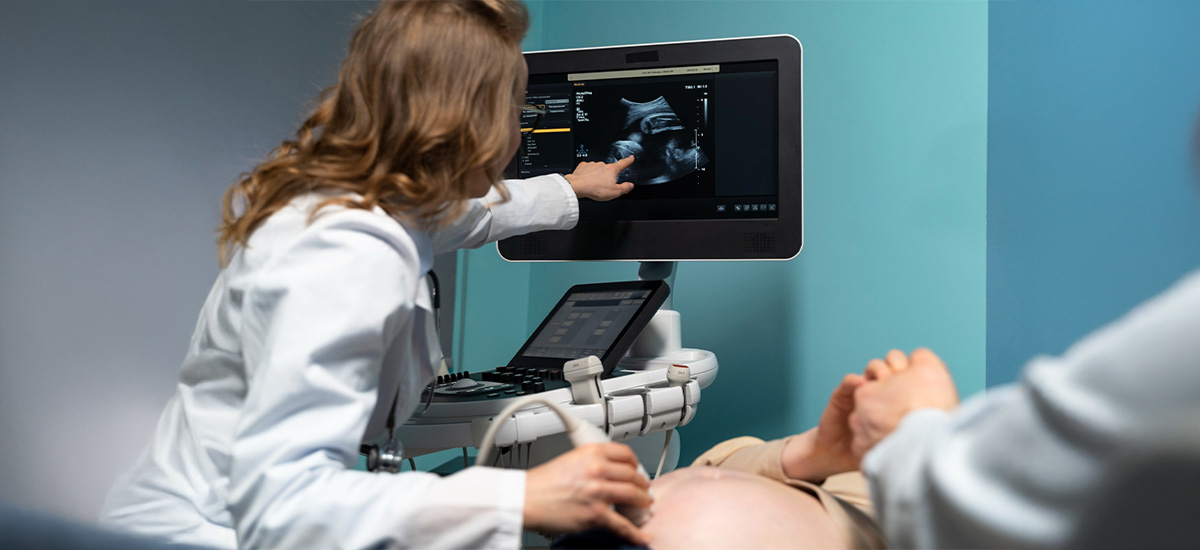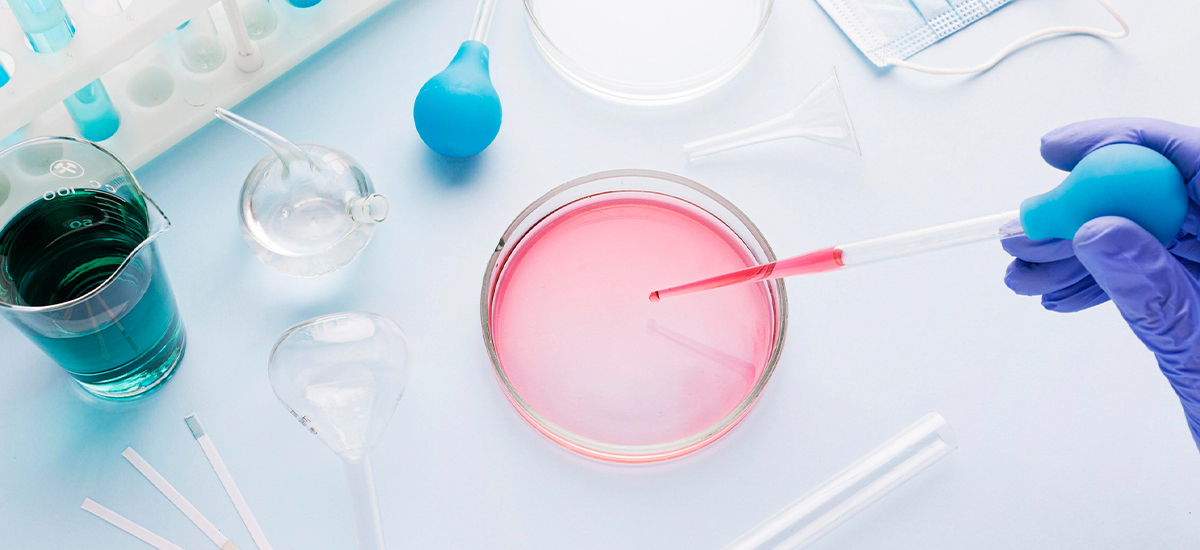Categories
Anechoic Cyst: What Is an Anechoic Cyst?
Nov 24, 2025
Anechoic” is radiology language for pure fluid that looks black on ultrasound because it doesn’t bounce the sound waves back. “Cyst” is a sac or pocket. Put together, it means the scan saw a simple, fluid-filled pocket with thin walls and no solid parts. That’s it. It doesn’t tell you pain, danger, or destiny by itself. It tells you what the pocket looks like so you can decide what to do next without guessing.
Plain definition you can repeat
Anechoic cyst meaning: a round or oval pocket that is black on ultrasound, has smooth, thin walls, shows posterior acoustic enhancement (the beam looks brighter behind it), and has no internal echoes, septa, or solid nodules. In most organs, that appearance lines up with a benign, simple cyst.Where this shows up (and what it usually means there)
- Ovary: often a normal functional cyst related to the cycle. Many clear on their own in 1–3 months.
- Kidney: common benign simple renal cyst, especially with age; usually nothing to treat.
- Liver: simple hepatic cyst; often an incidental find that just sits there.
- Breast: simple breast cyst; often tender before periods, usually benign.
- Thyroid: colloid or simple cyst; follow size and features.
The point isn’t to memorize organs. The point is to know the pattern: when it’s truly anechoic and simple, it is low-risk and managed with observation unless it’s huge or symptomatic.
The angle that helps you today
Stop treating the word like a diagnosis. Treat it like a sorting rule.- Simple + anechoic → usually watchful follow-up.
- Not fully anechoic (internal echoes, thick walls, septations, solid bits, blood flow inside) → closer review and sometimes MRI/aspiration/surgery, depending on the organ and your age.
This keeps you out of panic and gets you to the right next step fast.
When “anechoic” is enough to relax—and when it isn’t
Relax when the cyst is small, truly simple, and you feel fine. Don’t relax if any of these show up: rapid growth, pain that’s new and escalating, fever, internal echoes or debris, thick or irregular walls, solid components, or abnormal blood flow inside the cyst. Those flip the plan from “watch” to “work up.”Follow-up by common situations (so you’re not guessing dates)
These are typical, not one-size rules. Your clinician may tailor them.- Ovary, premenopausal: simple cyst ≤5 cm and no big symptoms → repeat ultrasound in 6–12 weeks. Many disappear.
- Ovary, postmenopausal: simple cyst ≤3 cm with reassuring labs → repeat in 3–6 months, then space out if stable.
- Kidney: simple Bosniak I cyst → no treatment, periodic imaging only if large or symptomatic.
- Liver: simple cyst without symptoms → no treatment; re-image if it grows or you develop pain.
- Breast: simple cyst with typical features → routine screening; diagnostic follow-up only if it changes or bothers you.
Symptoms vs. coincidence
A simple anechoic cyst often doesn’t cause symptoms and is found by accident. If you have sharp, one-sided pelvic pain (think ovarian torsion or rupture), fever with pain, steadily growing abdominal fullness, or breast pain with a new lump that doesn’t change over a cycle, you don’t wait for the calendar—you get seen. The scan tells you what it looks like; your body tells you how urgent it is.Treatments that actually get used (and when)
- Watchful waiting: first choice for truly simple, small, asymptomatic cysts in most organs.
- Pain control: NSAIDs and time for ovarian hemorrhagic variants; heat helps.
- Aspiration/drainage: useful for symptomatic breast cysts; less helpful for ovarian and liver cysts due to recurrence.
- Laparoscopic cystectomy (ovary): if the cyst persists, grows, twists, or is >5–7 cm with symptoms; goal is to preserve the ovary when possible.
- Urology/hepatobiliary procedures: only if the kidney or liver cyst is complicated, infected, bleeding, compressing structures, or not actually simple.
- Oncology referral: if a “cyst” shows solid parts, vascular nodules, thick septa, or suspicious labs—don’t skip the handoff.
Red flags that change the lane immediately
- Sudden, severe, one-sided pelvic pain with nausea/vomiting (possible torsion).
- Fever + focal pain after a cyst diagnosis (possible infection or rupture).
- Rapid abdominal distension or early fullness/weight loss (needs evaluation).
- Any “cyst” that stops being anechoic and develops solid components on the next scan.
These are “call now,” not “see you in three months.”
Pregnancy and anechoic cysts
Most simple ovarian cysts in early pregnancy are corpus luteum cysts and resolve by the second trimester. You still watch size and features. Surgery in pregnancy is for torsion, rupture with instability, or strong suspicion of malignancy, ideally in the second trimester when needed.How to read your own report without spiraling
Open the impression and look for the exact words: “simple,” “anechoic,” “thin-walled,” “no internal echoes,” “no solid components.” Then find the size and the follow-up interval. If those words aren’t there, or the report says “complex” anything, you ask for a clear plan the same day.What to bring to the appointment
Bring the ultrasound report and images, a symptom timeline (pain, swelling, periods), your medications, and your goals (pain relief, fertility plans, return-to-sport). Ask four questions and wait for four answers:- What type of cyst is this?
- What features make it simple or not?
- What is the exact follow-up date or next test?
- What symptoms mean I should come in sooner?











